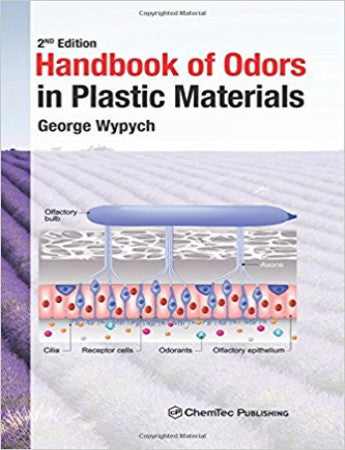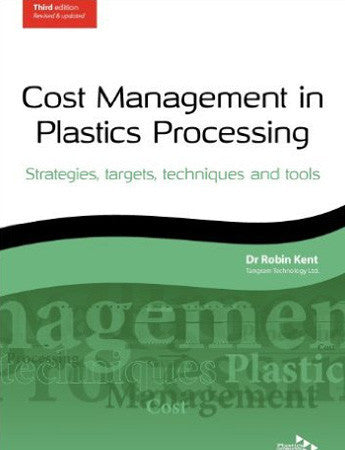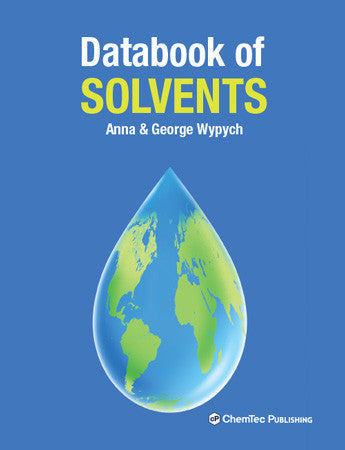It is the first book ever written on this important subject. The second edition contains the most recent data and information developed for this important field. The odor of product may decide whether a product is purchased by the customer or not. Odor can also be an important reason for customer complaints and product returns. In scented products retention of volatile components is of particular interest. Many leading companies have recognized this as an opportunity and they actively study and modify odors of their products.
Several reasons are behind formation of odors in plastic materials, including
1. Properties of polymer
2. Use of other materials than polymer, especially materials required in processing (additives)
3. Process parameters and their effect on severity of degradation of components of formulation
4. Exposure to different forms of radiation and oxygen
5. Recycling of polymeric materials
6. Contact with other products
7. Storage
a. Diffusion-related properties
b. Migration-evaporation
c. Storage in the same space
The above reasons are analyzed for different materials to find out the best methods to prevent unwanted odor formation. Three chapters are devoted to the analysis of odor-related matters in different polymers, products, and methods of processing. Almost forty polymers and forty-two product groups are analyzed based on research publications and patents.
Other important chapters discuss the mechanism of odor formation and its transport within a material, distinctive odors found in plastic materials, taste, and fogging.
The book also contains information on testing of odor changes, a relationship between odor and toxicity, as well as a selection of raw materials for fog-free products.
The book also contains information on 17 methods of odor removal (the list of these methods is included in Table of Contents below).
The last three chapters discuss regulations related to odor in products, effects of odors on health and safety, and effect of odors from plastic materials on indoor air quality.
Handbook of Odors in Plastic Materials is needed by anyone interested in plastic materials. The book contains complete information based on hard to find source publications and numerous patents.
1 Introduction
2 Mechanisms of odor formation and its transport
3 Distinctive odors
4 Taste
5 Fogging
6 Reasons odor formation in plastic materials
7 Methods of testing in odor analysis
8 Odor in relation to different polymers
9 Odor in various products
10 Effect of processing method
11 Methods of odor removal
12 Regulations
13 Health and safety
14 Indoor air quality




